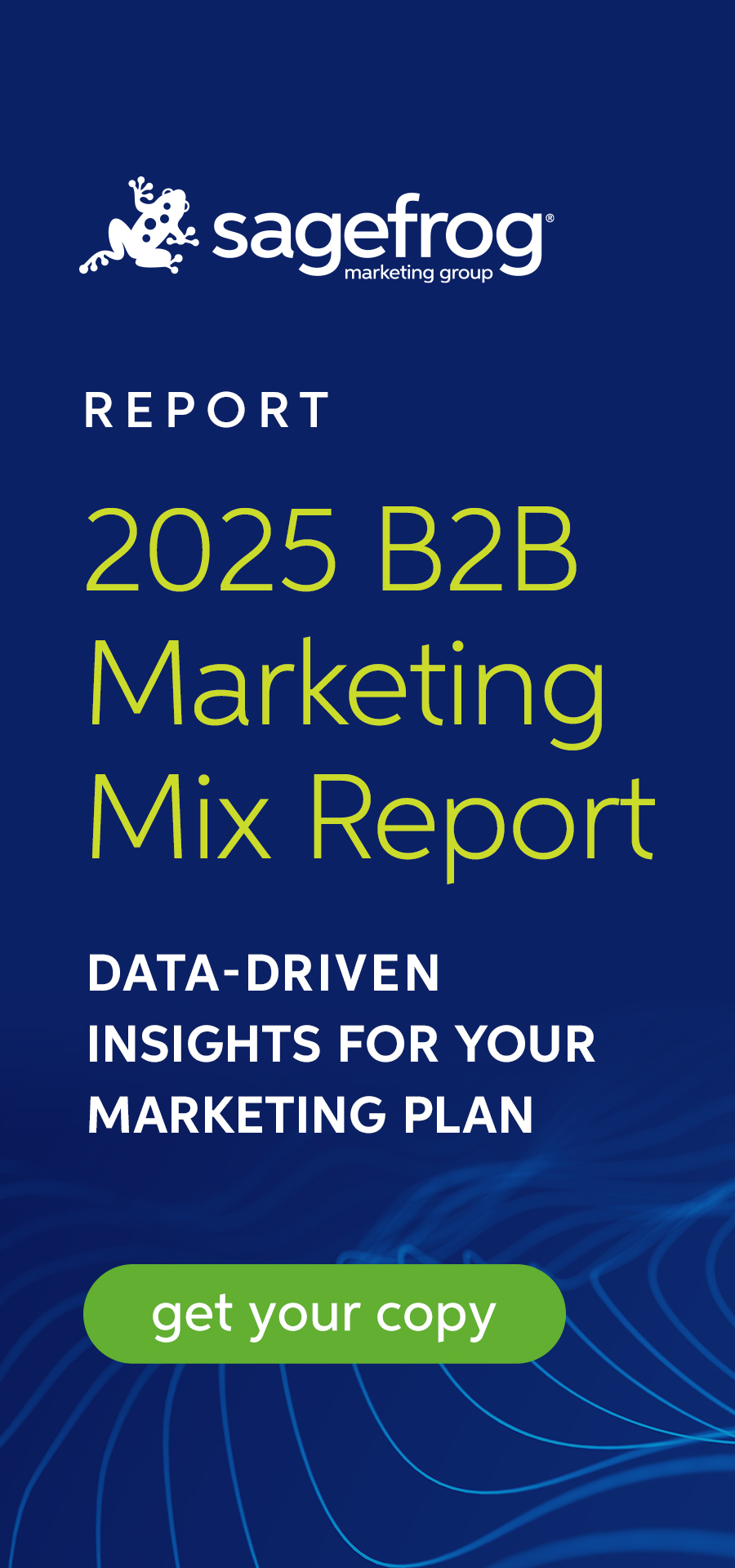The marketing industry is notorious for buzzwords, so you shouldn’t be surprised that we’re going to talk about a new one: InMail. You’ve heard the word and may have even received InMail in your LinkedIn inbox. But what’s more, you might have heard the rumor that LinkedIn InMail works.
You heard right. The response rate for InMail is 3x higher than traditional email.
As B2B marketers hyper-focused on results, we were quick to test this tactic for ourselves so we could perfect an InMail formula before recommending it to our clients. Now, as experts at executing InMail and reaping results, we want to teach you how to launch a successful first LinkedIn InMail campaign.
What Is LinkedIn Sponsored InMail?
InMail messages are private messages that let individuals reach LinkedIn members in real-time, including members the individual is not yet connected to. Messages are delivered when targeted users are logged in to their LinkedIn profile, helping increase InMail open rates at a low cost per open. To use InMail, you or a representative from your company must upgrade to a Premium account which can include Premium Career, Premium Business or any other legacy type of premium subscription.
When Should You Use LinkedIn Sponsored InMail?
LinkedIn limits the number of InMail messages a company can send per month and asks users to purchase additional InMail credits to send more. This is what protects members from spam and maintains the platform’s professional nature. It also purposefully doesn’t provide email templates to ensure it remains personal, not commoditized like other marketing tactics. Rather, there are best practices for when you should use InMail and how you should craft your message.
The most popular and proper uses for LinkedIn InMail include:
- When targeting users at any stage of the buyer’s journey
Since InMail lets you craft your own personalized messages to recipients, there’s no requirement for the topic or type of information you send. So whether you’re reaching recipients in the awareness stage with neutral content about your industry’s challenges or moving them through the sales funnel with consideration or decision stage messaging that discusses specific ways your company can solve their challenge – InMail’s proven to be an optimal solution.
- When sharing time-sensitive announcements
Because of its high open rate, using InMail to announce upcoming events your company’s hosting, conferences you’re attending or limited-time promotions is a smart solution. Because InMail messages are delivered to users when they’re logged in to LinkedIn, users are more likely to receive your message and if you can generate even more urgency through a well-written subject line, your time-sensitive announcements will be seen in a timely, targeted and effective manner.
- When testing new personalization efforts to refine ad campaigns
In support of late-stage marketing tactics, including account-based marketing (ABM), which casts a small net around a highly targeted group of qualified leads, InMail lets you personalize your message from the subject line to the signature line and everything in between. It can also be used to support other ongoing ad campaigns and ABM efforts, providing yet another touchpoint to promote your content or service.
How Do You Launch a Successful First InMail Campaign?
For starters, you’ll need four things:
1. Defined Target & Budget
2. Content Asset or Offer
3. Landing Page
4. InMail Message Copy
To create these assets, start by researching your recipients. Understand their professional situation, company news and common connections you may share. Keep in mind, not all marketing tactics let you get as personal as InMail does, so you’ll want to take full advantage of it by doing your due diligence.
Next, decide who the InMail message should come from within your organization to increase the likelihood that your recipients open your message. Consider which level of authority and job title your recipients will relate to. For example, if you’re targeting CEOs, it’s best that your sender be a member of the C-suite as well.
With the fundamentals locked down, next you’ll want to identify the content asset or offer you intend to promote in your InMail. It could be as simple as an upcoming event or as comprehensive as a valuable eBook download. If you need help deciding, look through our tips for content that works best on LinkedIn.
Once you know what you’re promoting, you can get to work on developing your subsequent landing pages and InMail message copy. For LinkedIn’s InMail guidelines, including specific requirements and character counts, download our eBook, LinkedIn for Leads: A Quick-Start Guide for Busy B2B Professionals. You can also consult our eBook for additional pro tips on perfecting your first (second, third or fourth!) LinkedIn InMail campaign. It’s a helpful print out you can share with your marketing or management team to explain the benefits of InMail, as well as LinkedIn’s other advertising options, Sponsored Content and Matched Audiences.
Are you interested working with a B2B marketing agency? Contact Sagefrog Marketing Group today.
Source: 9 Stats That Will Help You Write Better LinkedIn InMails


